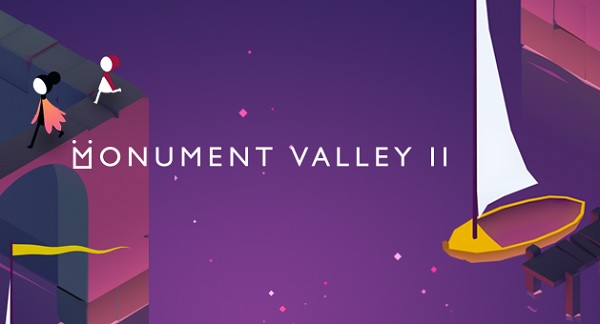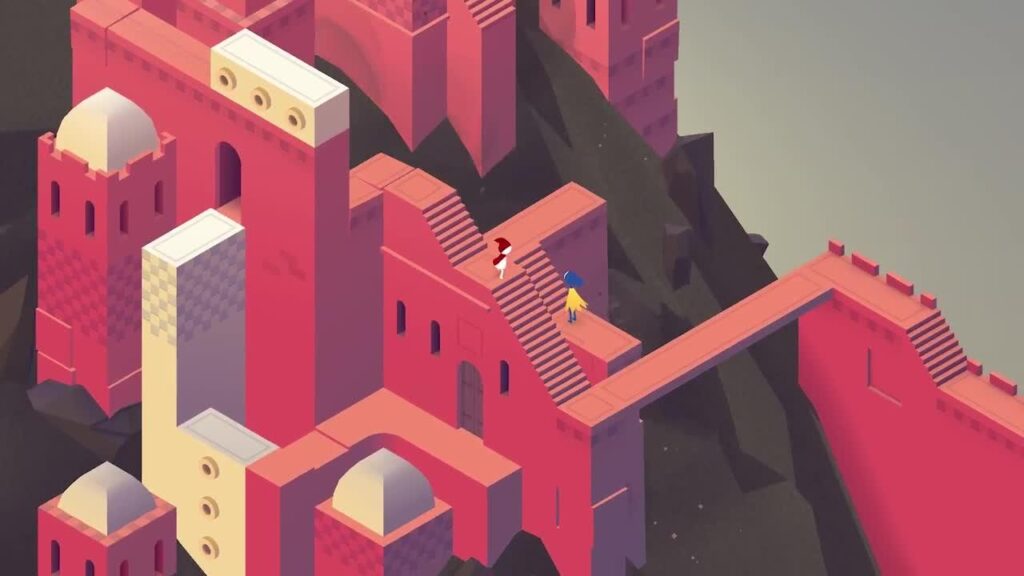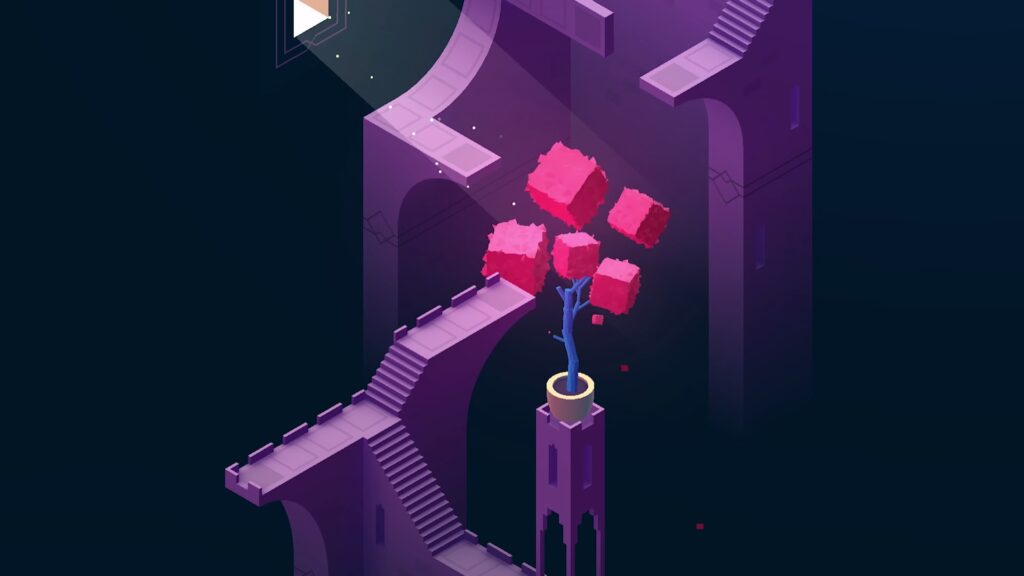In recent years I have become an avid listener of content disseminated by experts on the video game business. The tendency is to take the few extreme successes and start breaking them down using visuals with curves and Venn diagrams.
Thanks to this content I have learned to interface with the business side, to better communicate my opinions and design solutions. I am immensely grateful to be able to live in the age where all this information is free.
However, I want to insist on one point: a video game is a fundamentally aesthetic experience. Aesthetics means many things, in ancient Greece aesthetics was the science that studied the essence of things. Video games touch fibers that are difficult to explain with charts.
We are approaching the time in the year in which all the experts will make their predictions, stating them with conviction and using swear words to underline the importance of what they say. Inevitably, this will affect some investments and opportunities. As always, those will not become reality, but then the marketer is always capable of changing the semantics.
I just want to say that it can be difficult to see the reality amidst so much noise, do not be fooled.


